Ihr Warenkorb ist gerade leer!
White Paper SWOT-GAP Analysis
Description and functionality:
How robust is your strategy? Does your strategy cover the most important challenges? A practical and easy-to-use tool is available to answer this question. By matching the strategic options with the strategic challenges, the tool shows precisely which strategic options are covered and which gaps still exist.
And where do the strategic challenges come from? Quite simply: from SWOT. Surprisingly, this approach, which first makes use of the full potential of SWOT, is unknown in many companies. In fact, a strategy review can be carried out in only 7 steps:
1. Create a SWOT with strengths and weaknesses, opportunities and threats
The SWOT analysis is a method for systematic situation analysis and serves as a starting point for strategic planning. For this purpose, opportunities and threats of the external environment as well as the strengths and weaknesses of the company are analysed and the results are presented in a combined matrix. The findings are obtained from detailed analyses: Market and environment analysis, customer analysis, competitive analysis. When creating a SWOT, the result should include between 16 and 20 factors:
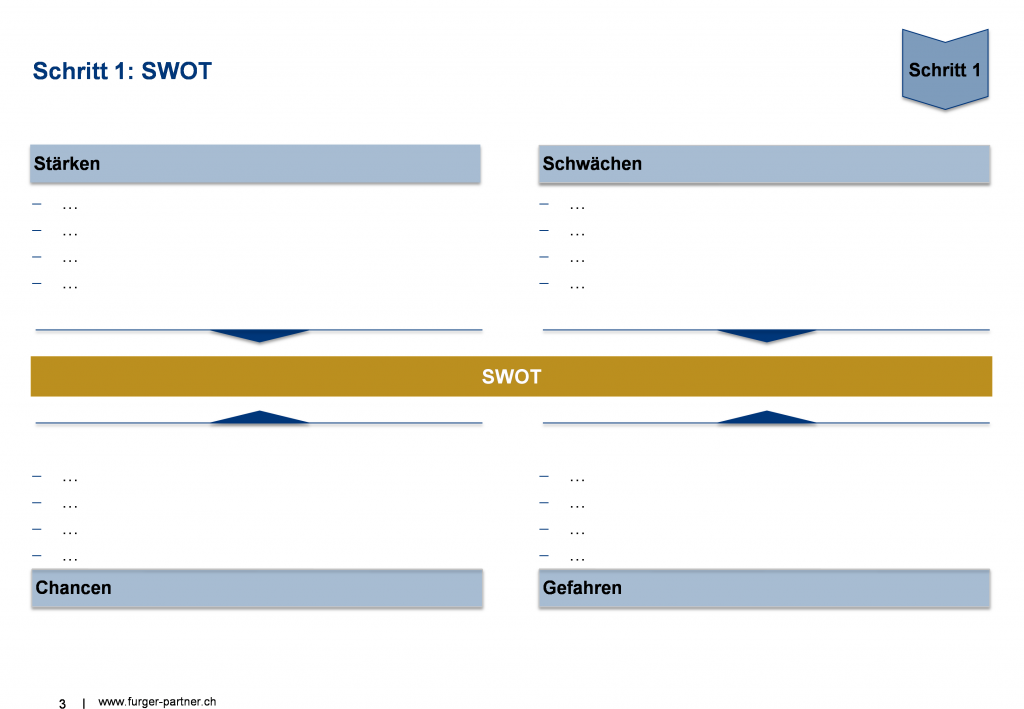
Figure 1: The SWOT as starting position
2. Positioning the SWOT results
All SWOT factors are now displayed on a chart. with the axes strengths / weaknesses and risks / opportunities. The SWOT results will be discussed together and aligned according to their weighting.
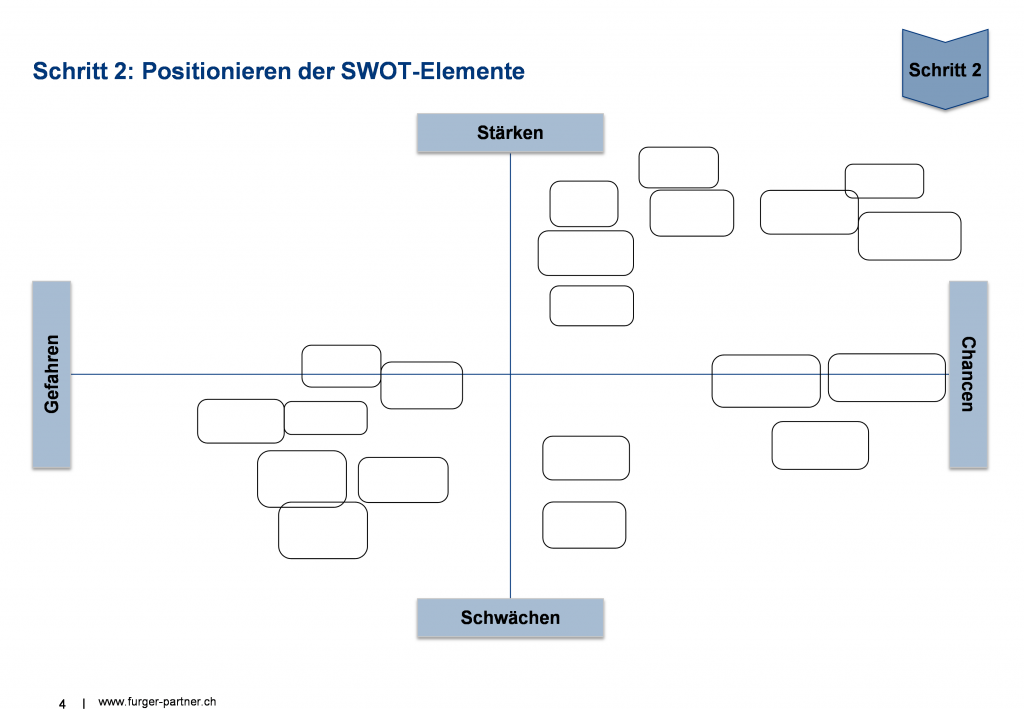
Figure 2: Elements are arranged crosswise
3. Grouping the SWOT elements into clusters
The SWOT elements are grouped and numbered into clusters based on the proximity of their contents (similar themes, interrelated developments). In this way, they form the basis for deriving the most important strategic challenges.
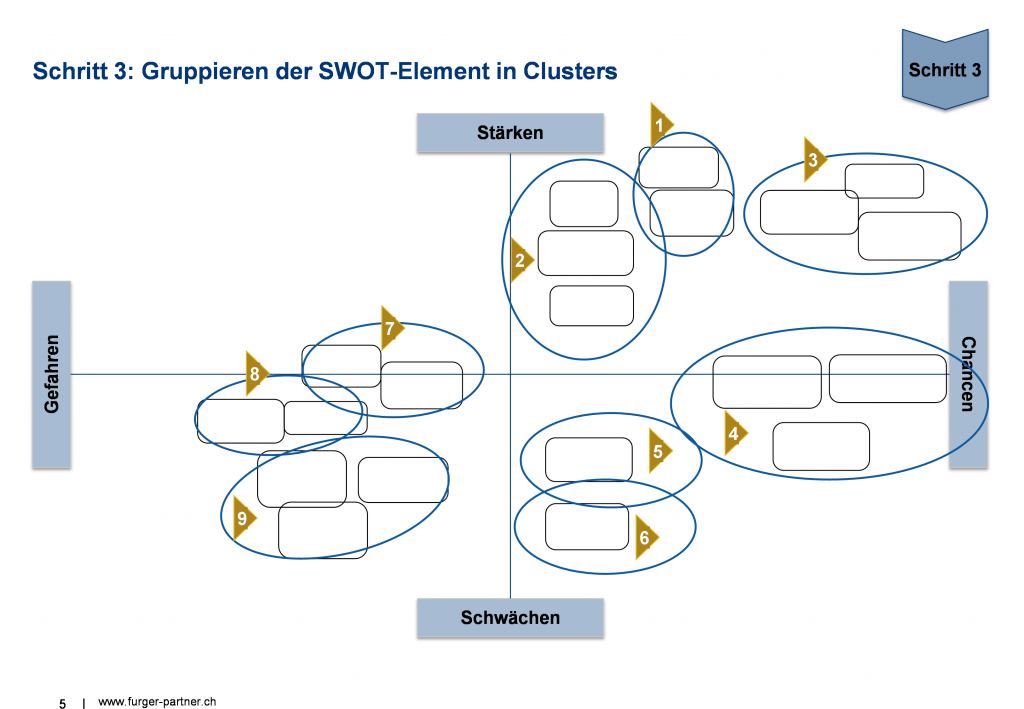
Figure 3: Elements are clustered
4. Derivation of the main challenges from the four quadrants
Key strategic challenges are derived from each quadrant of the chart. The total number of challenges should be between 8 and 12 positions.
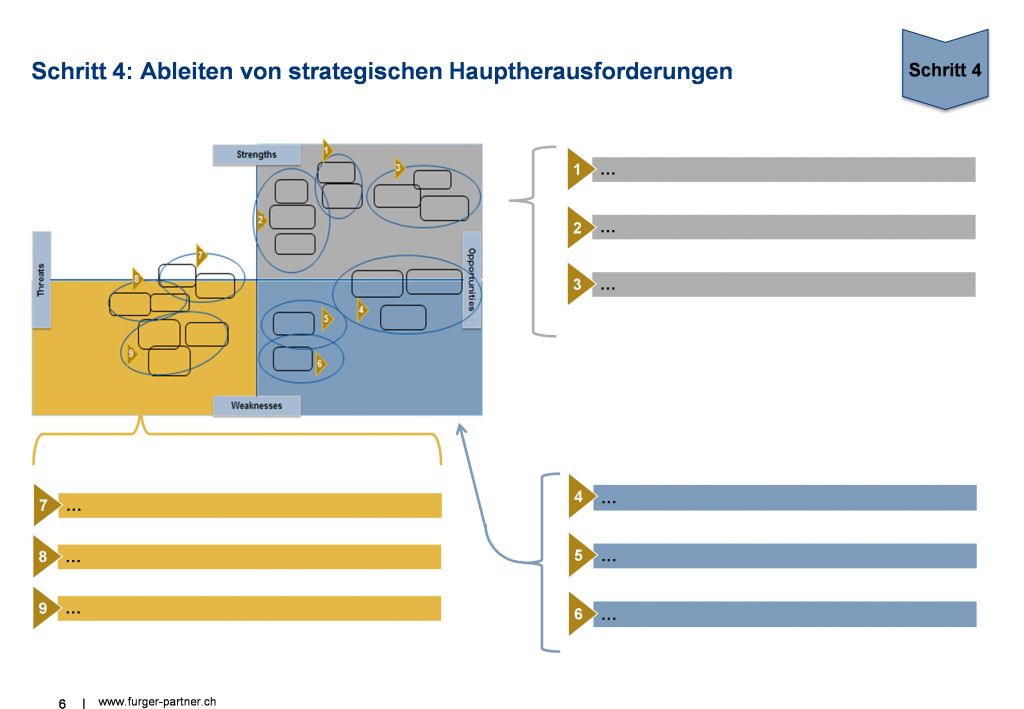
5. Description and discussion of the main challenges
The challenges will be further discussed, specified and characterized in a concise form.

Figure 5: The challenges are being described
6. Alignment of the strategic challenges with the strategic options
The strategic options and main challenges are cross-checked.
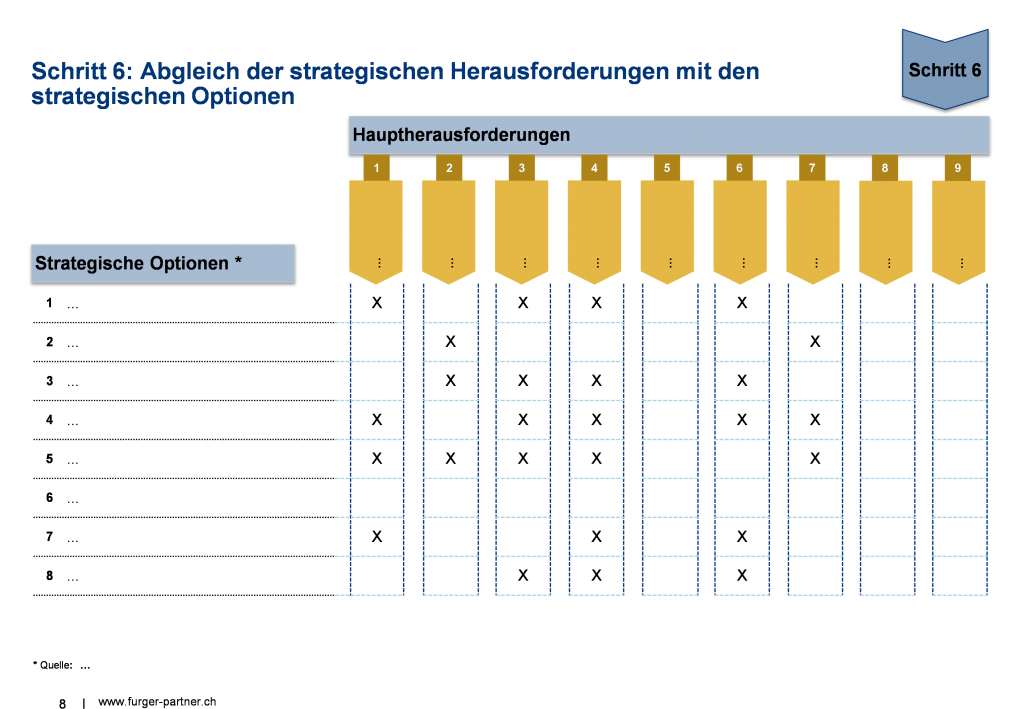
7. Deduction of strategic gaps
The comparison makes it possible to identify any gaps in the strategy.
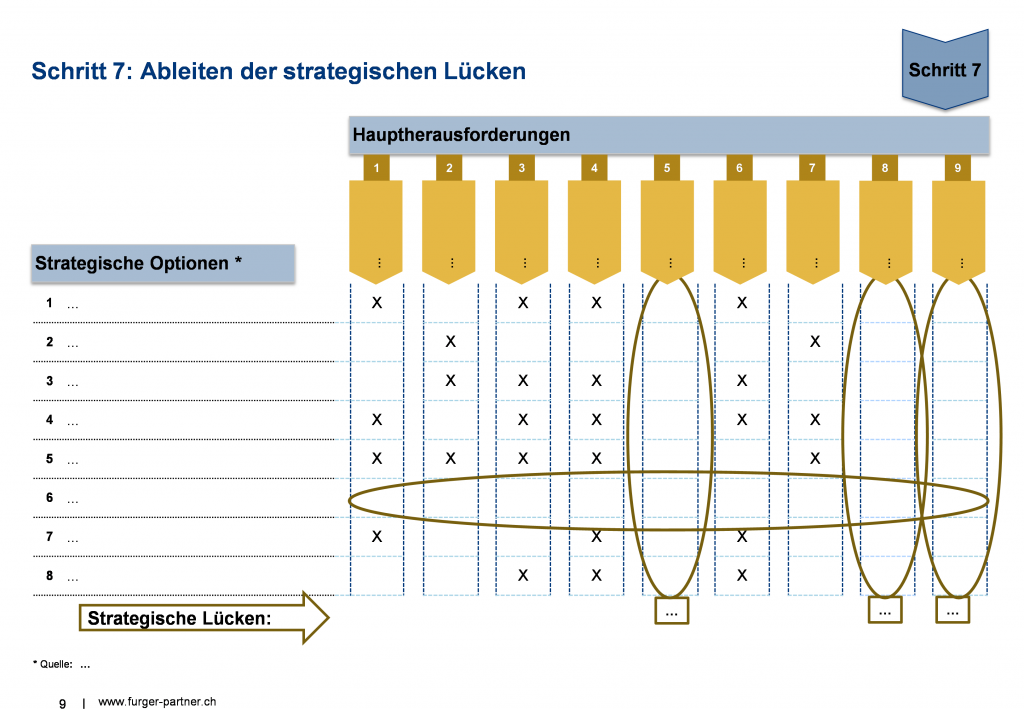
Figure 7: The outcome shows the strategic gaps
Example of a listed company
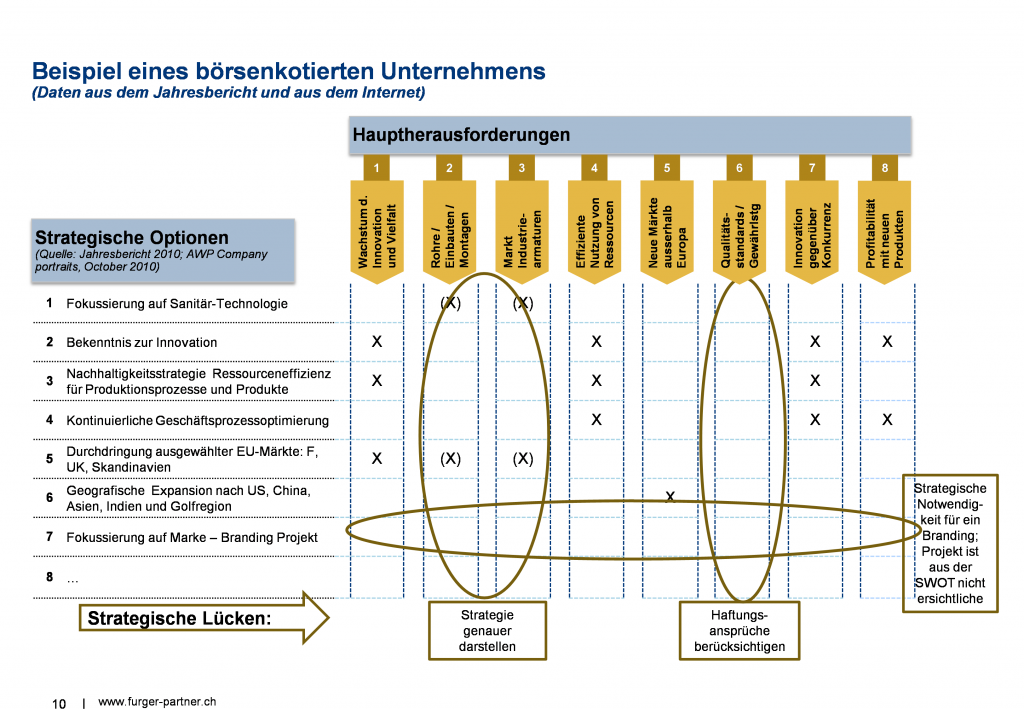
Our example shows that the main challenges Nos 2, 3 and 6 are not sufficiently clarified in the strategy or are not considered at all. And for Strategic Option 7, there is no basis in SWOT.
You can download the tool here
[popup_anything id=»936″]
Schreiben Sie einen Kommentar